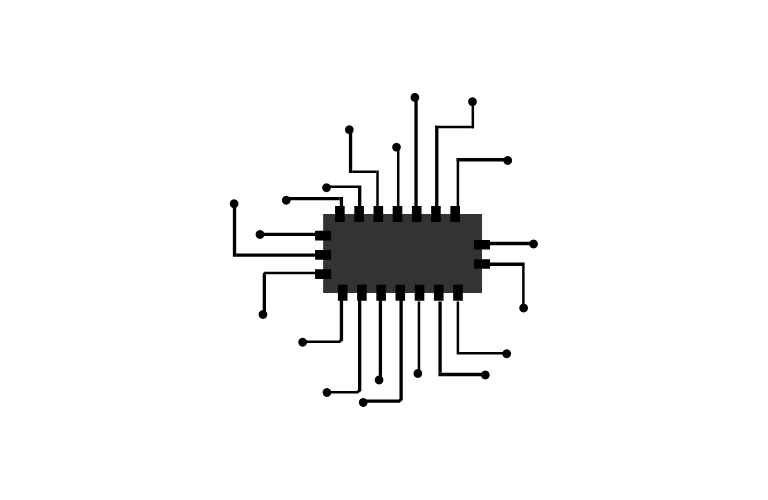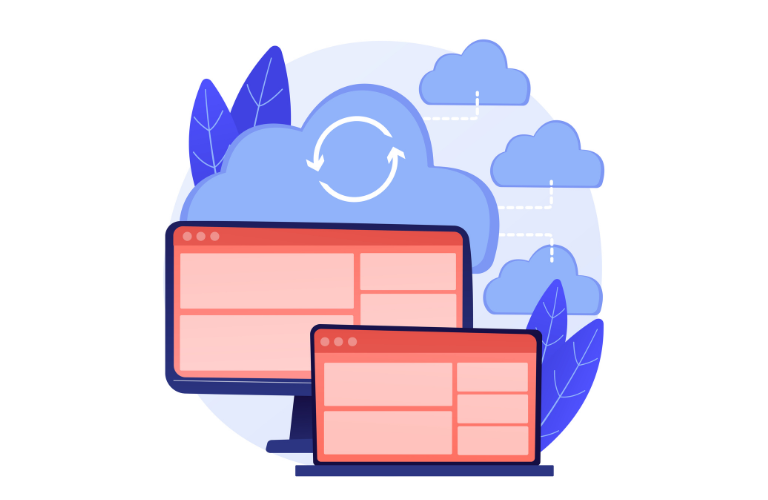In today’s rapidly evolving tech landscape, Laravel Microservices architecture has emerged as a game-changing approach to building scalable and maintainable applications. With 77% of companies adopting microservices and an impressive 92% reporting success, it’s clear that this architectural pattern is more than just a trend – it’s a proven solution for modern application development.
Understanding Laravel Microservices: The Fundamentals
At its core, Laravel Microservices architecture involves breaking down large applications into smaller, independent components that communicate through well-defined interfaces. To better understand this concept, let’s compare traditional monolithic architecture with microservices architecture.
Traditional Monolithic Architecture
In a monolithic architecture, all components are tightly coupled within a single codebase:
app/
├── Http/
│ ├── Controllers/
│ │ ├── UserController.php
│ │ ├── OrderController.php
│ │ └── ProductController.php
├── Models/
│ ├── User.php
│ ├── Order.php
│ └── Product.php
└── Services/
├── UserService.php
├── OrderService.php
└── ProductService.phpMicroservices Architecture
In contrast, microservices architecture separates functionality into independent services:
services/
├── user-service/
│ ├── app/
│ │ ├── Controllers/
│ │ ├── Models/
│ │ └── Services/
│ └── database/
├── order-service/
│ ├── app/
│ │ ├── Controllers/
│ │ ├── Models/
│ │ └── Services/
│ └── database/
└── product-service/
├── app/
│ ├── Controllers/
│ ├── Models/
│ └── Services/
└── database/Key Characteristics of Laravel Microservices:
- Independent Deployment: Each service can be updated and deployed without affecting others
- Decentralized Data Management: Services maintain their own databases
- Technology Diversity: Different services can use various tech stacks
- Business-Focused: Each service addresses specific business capabilities
- Resilient: Failure in one service doesn’t cascade to others
Laravel’s Role in Microservices
Laravel enhances microservices architecture through several powerful features:
- Eloquent ORM: Provides elegant database interactions for each service
- API Gateway Integration: Simplifies service-to-service communication
- Laravel Scout: Enables efficient full-text search capabilities
- Queue System: Handles background processing effectively
Benefits of Laravel Microservices
Enhanced Scalability
- Independent scaling of services based on demand
- Efficient resource allocation
- Better handling of traffic spikes
Improved Fault Isolation
- Contained failures don’t affect the entire system
- Easier troubleshooting and debugging
- Enhanced system reliability
Flexible Technology Stack
- Freedom to use different technologies per service
- Easy integration of new tools and frameworks
- Optimal technology selection for specific functions
Accelerated Development
- Parallel development across teams
- Faster deployment cycles
- Reduced time-to-market
Practical Implementation: E-commerce Microservices Example
Let’s create a practical example of an e-commerce system with two microservices: Products and Orders.
1. Setting Up Product Service
First, create a new Laravel project for the product service:
composer create-project laravel/laravel product-service
cd product-serviceCreate the product model:
// app/Models/Product.php
namespace App\Models;
use Illuminate\Database\Eloquent\Model;
class Product extends Model
{
protected $fillable = [
'name',
'price',
'stock'
];
}
// database/migrations/[timestamp]_create_products_table.php
public function up()
{
Schema::create('products', function (Blueprint $table) {
$table->id();
$table->string('name');
$table->decimal('price', 8, 2);
$table->integer('stock');
$table->timestamps();
});
}Create the product controller:
// app/Http/Controllers/ProductController.php
namespace App\Http\Controllers;
use App\Models\Product;
use Illuminate\Http\Request;
class ProductController extends Controller
{
public function index()
{
return Product::all();
}
public function store(Request $request)
{
$product = Product::create($request->validate([
'name' => 'required',
'price' => 'required|numeric',
'stock' => 'required|integer'
]));
return response()->json($product, 201);
}
public function show(Product $product)
{
return $product;
}
}2. Setting Up Order Service
Create the order service project:
composer create-project laravel/laravel order-service
cd order-serviceImplement the order model and service communication:
// app/Models/Order.php
namespace App\Models;
use Illuminate\Database\Eloquent\Model;
class Order extends Model
{
protected $fillable = [
'user_id',
'product_id',
'quantity',
'total_amount'
];
}
// app/Services/ProductService.php
namespace App\Services;
use Illuminate\Support\Facades\Http;
class ProductService
{
protected $baseUrl;
public function __construct()
{
$this->baseUrl = config('services.product.base_url');
}
public function getProduct($productId)
{
$response = Http::get("{$this->baseUrl}/api/products/{$productId}");
return $response->json();
}
}Create the order controller:
// app/Http/Controllers/OrderController.php
namespace App\Http\Controllers;
use App\Models\Order;
use App\Services\ProductService;
use Illuminate\Http\Request;
class OrderController extends Controller
{
protected $productService;
public function __construct(ProductService $productService)
{
$this->productService = $productService;
}
public function store(Request $request)
{
$validated = $request->validate([
'user_id' => 'required|integer',
'product_id' => 'required|integer',
'quantity' => 'required|integer'
]);
$product = $this->productService->getProduct($validated['product_id']);
$totalAmount = $product['price'] * $validated['quantity'];
$order = Order::create([
'user_id' => $validated['user_id'],
'product_id' => $validated['product_id'],
'quantity' => $validated['quantity'],
'total_amount' => $totalAmount
]);
return response()->json($order, 201);
}
}Best Practices and Considerations
Service Independence
- Maintain separate databases for each service
- Implement well-defined API contracts
- Use event-driven communication when possible
Error Handling
- Implement circuit breakers for service calls
- Handle network failures gracefully
- Maintain comprehensive logging
Data Consistency
- Use database transactions where needed
- Implement retry mechanisms
- Consider eventual consistency patterns
When to Choose Laravel Microservices
Consider implementing Laravel Microservices when:
- Your application is experiencing rapid growth
- You have complex business requirements
- Your team structure supports parallel development
- You need high availability and complex data processing
Conclusion
Laravel Microservices architecture offers a powerful approach to building scalable, maintainable applications. While it requires careful planning and implementation, the benefits of improved scalability, fault isolation, and development efficiency make it an attractive choice for modern application development.
For successful implementation:
- Start with clear service boundaries
- Implement robust communication patterns
- Follow deployment best practices
- Maintain comprehensive monitoring
As your application grows, consider adding:
- API Gateway
- Service Discovery
- Message Queues
- Centralized Logging




